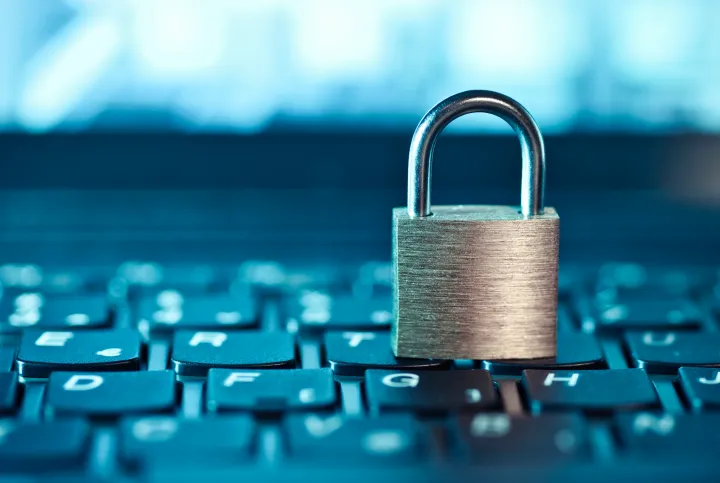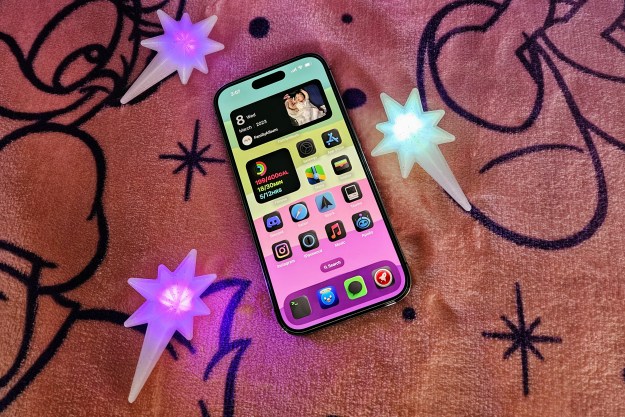Apple’s macOS and iOS are often considered to be more secure than their rivals, but that doesn’t make them invulnerable. One security team recently proved that by showing how hackers could exploit Apple’s systems to access your messages, location data, and photos — and even wipe your device entirely.
The discoveries were published on the blog of security research firm Trellix, and will be of major concern to iOS and macOS users alike, since the vulnerabilities can be exploited on both operating systems. Trellix explains that Apple patched the exploits in macOS 13.2 and iOS 16.3, which were released in January 2023, so you should update your devices as soon as you can.

Apple protects its systems by requiring apps to be signed by approved developers, by sandboxing apps to prevent them from accessing areas they should not, and by almost entirely removing the ability to dynamically run arbitrary code. Combined, those measures help macOS and iOS become highly secure — but apparently not secure enough.
Trellix’s blog post explains that the infamous cyberintelligence organization NSO Group bypassed some of these protections in 2021 by exploiting Apple’s NSPredicate system. In short, NSPredicate is one of the few elements of macOS and iOS that can dynamically generate code — something that was thought to be absent from Apple’s operating systems. NSO Group discovered this and used it to craft its Pegasus spyware.
This exploit was dubbed FORCEDENTRY, and Apple patched it shortly after its discovery in late 2021. Trellix’s work, however, has shown that Apple’s patches can be easily bypassed, rendering them useless.
In fact, Trellix claims it has found an entire class of bugs that can be exploited this way, granting hackers access to a user’s calendar, address book, photos, camera, microphone, and more. Some bugs could even be used to wipe your device in its entirety.
Trellix passed on the details of the exploits it discovered to Apple, and they were patched earlier this year. That means you should download the fixes — contained in macOS 13.2 and iOS 16.3 and later versions — as soon as you can. These exploits also serve as a helpful reminder that, despite the company’s reputation for strong security, no Apple product is invulnerable to attack. Ensuring your device is up to date is a great way to keep it safe.
Editors' Recommendations
- ChatGPT: how to use the viral AI chatbot that everyone’s talking about
- Bing Chat: how to use Microsoft’s own version of ChatGPT
- 5 things we’d love to see at Google I/O 2023 (but probably won’t)
- One of last year’s most luxurious smartwatches finally has Wear OS 3
- Samsung may be getting ready to launch a new AirTag rival this year

